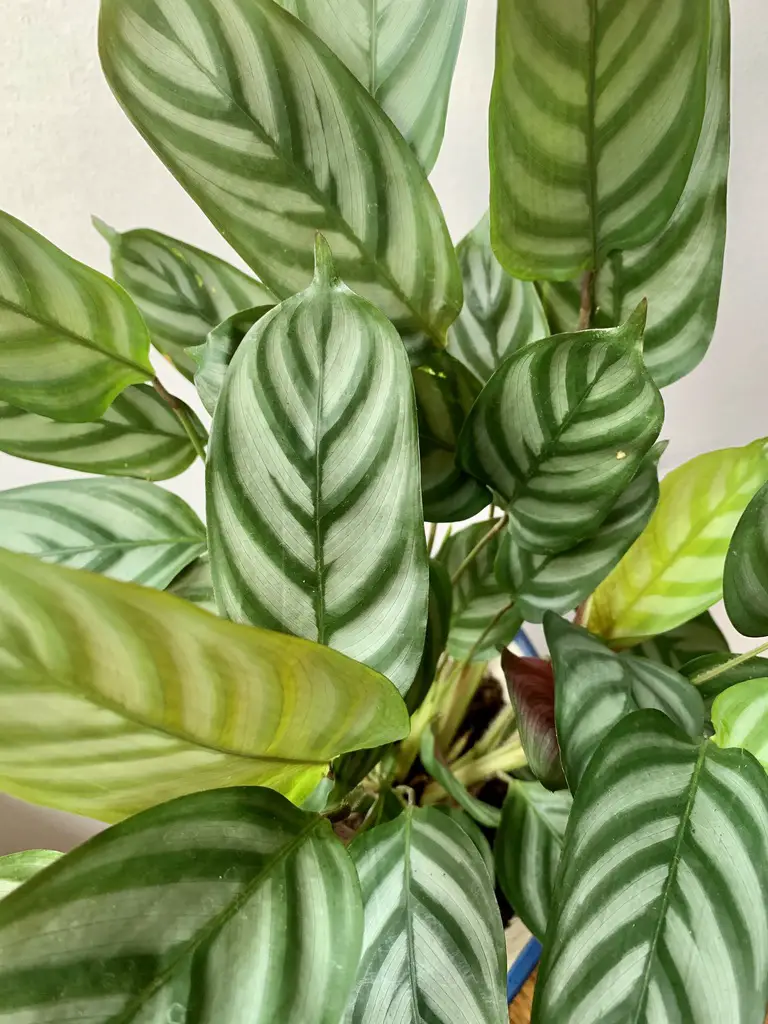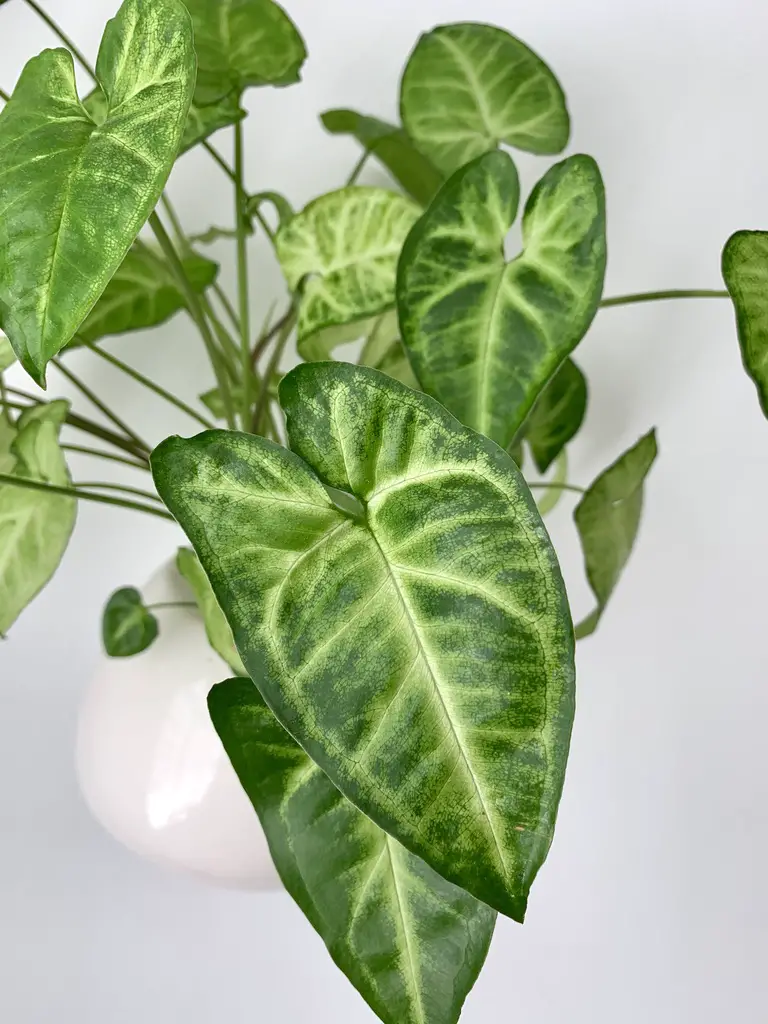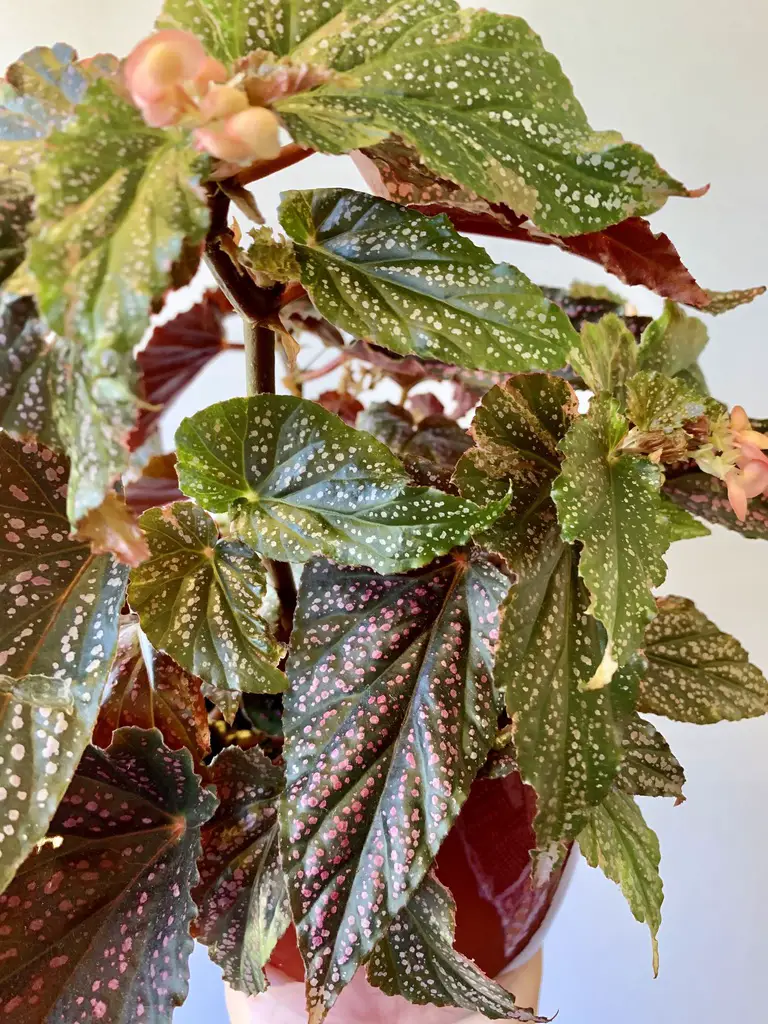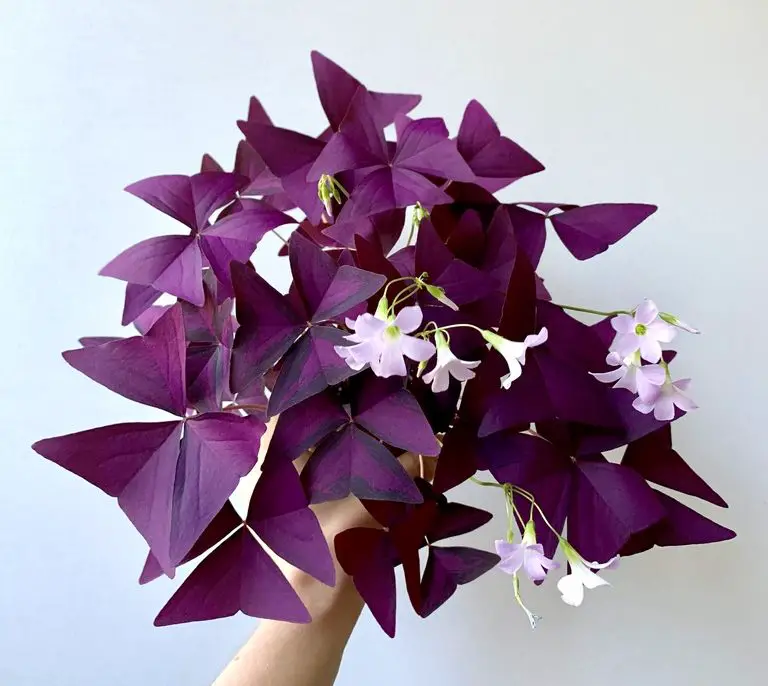Ctenanthe is a striking group of plants popular due to their variegated foliage featuring maroon to purple undersides. They are also known for closely mimicking prayer-plants in that they fold closed at night and open their leaves again once the first sun rays appear. Sometimes dubbed a harder to care for pant, given the right conditions it can thrive in everyones’ home with relatively little fuss.
How To Care For Ctenanthe: Pot Ctenanthe in an airy soil that contains enough peat moss to ensure consistently moist soil. Place in bright indirect light and provide temperatures between 60-85F. Make sure humidity levels are at or above 50% to promote a full, robust Never Never Plant.
Following this summary of the Never Never Plants care, you will find a detailed guide explaining its ideal growing environment. Though Ctenanthe can be easy to care for, providing the wrong environment can quickly lead to problems. Nobody wants a plant with brown crispy edges or droopy, pale foliage. So read on for all the tips and tricks needed to keep a thriving Ctenanthe in your home.
About (Ctenanthe) Never Never Plant
Botanical Name: Ctenanthe
Common Name: Never Never Plant
Family: Marantaceae
Origin: Brazil, Costa Rica
Ctenanthe is a medium-sized evergreen perennial most notably grown for its showy foliage. Silver and green spear-shaped leaves with purple undersides give this plant a full and unique look. The leaves sprout from thin, green, slightly hairy stems growing in clumps.

Given an adequate growing environment, these plants are fast growers. Once mature the Never Never Plant grows up to 3 feet high and about equally as wide. Though, if given the space, they will produce offshoots to produce an even wider plant.
Due to their tropical origins, they require consistently warm temperatures. Anything below 50F will cause irreversible frost damage. Making them ideal indoor plants for most growers in North America and Europe.
Never Never Plant Light Requirements
Like most plants, the biggest factor in healthy, robust growth is appropriate lighting. The Never Never Plant requires bright indirect light. It can even handle some early morning sun or dappled sun through sheer curtains or the like.
Think of the amount of sunlight coming to the rainforest floor through trees and other taller plants. In its native environment, Ctenanthe would receive bright indirect light with spurts of dappled direct sunlight. Ideally, you can provide a spot that mimics this environment.
Incorrect or insufficient light will affect the coloration and growth of the plants’ new and existing foliage. Placing the Never Never Plant in too much direct sunlight will quickly result in sun-damaged foliage. Characterized by yellow and brown spots throughout its leaves. Sun damage can also cause bleaching of the leaves’ colors.
On the other hand, providing too little light causes smaller leaves. Fading colors and eventually lack of the plants’ beautiful variegations of silver and green patterns. New growth will appear solid green and the vibrant underside of the leaves will also fade or disappear completely.
I’ve found east or north-facing windows to be ideal spots for the Never Never Plant. Additionally, a spot in a shaded south-facing window may also work. If you are worried about too much direct sunlight, a sheer curtain or pulling the plant a few feet back from the window is also a good idea.
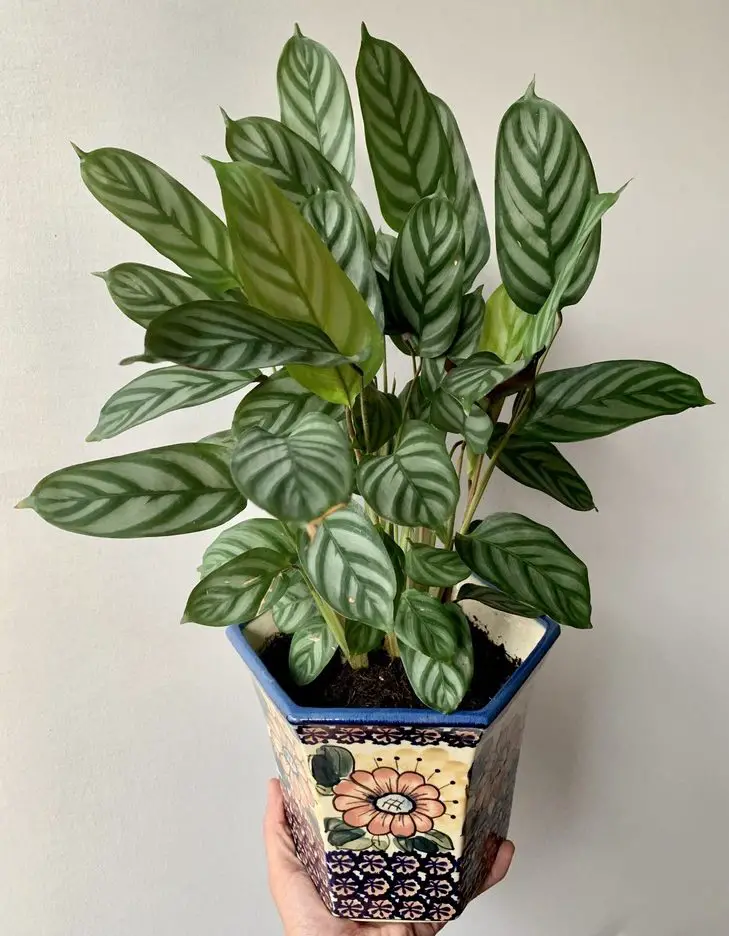
How Often To Water Ctenanthe (Never Never Plant)
Water your Ctenanthe whenever the top half of its soil has dried out. The Never Never Plant prefers consistently moist soil. It’s important to never allow this plant to completely dry out. Allowing Ctenanthe to go bone dry can quickly cause wilted and crispy leaves.
To avoid root rot it is also important to avoid overwatering. Allow the top half of the soil to dry out between waterings. Make sure to plant your Never Never Plant in a pot with proper drainage holes. After each watering, remove any excess water from your plants’ cache pot or saucer to avoid the roots sitting in water.
Ideally, you can also use filtered water or rainwater. These plants are known to be sensitive to excess minerals found in some tap water. Over time the excess minerals can cause browning leaf tips and crispy edges. A simple Brita filter is ideal to soften the water to keep your Ctenanthe happy and healthy.
Humidity Preferences Never Never Plant
Providing a humid environment will ensure robust growth without any browning. Ctenanthe prefers it on the humid side. That being said, regular indoor humidity levels can be sufficient as long as certain spots are avoided. Ensure to place your plant away from drafts or heating or AC vents that may blow dry air.
Keeping the relative humidity at or above 40% is a good marker. Low humidity can cause your Never Never Plants’ leaves to curl, or brow at the tips and edges. If you notice these symptoms try a pebble tray with water under the plants’ pot. Alternatively, you can group plants or place your Ctenanthe in a bathroom to increase the surrounding humidity.
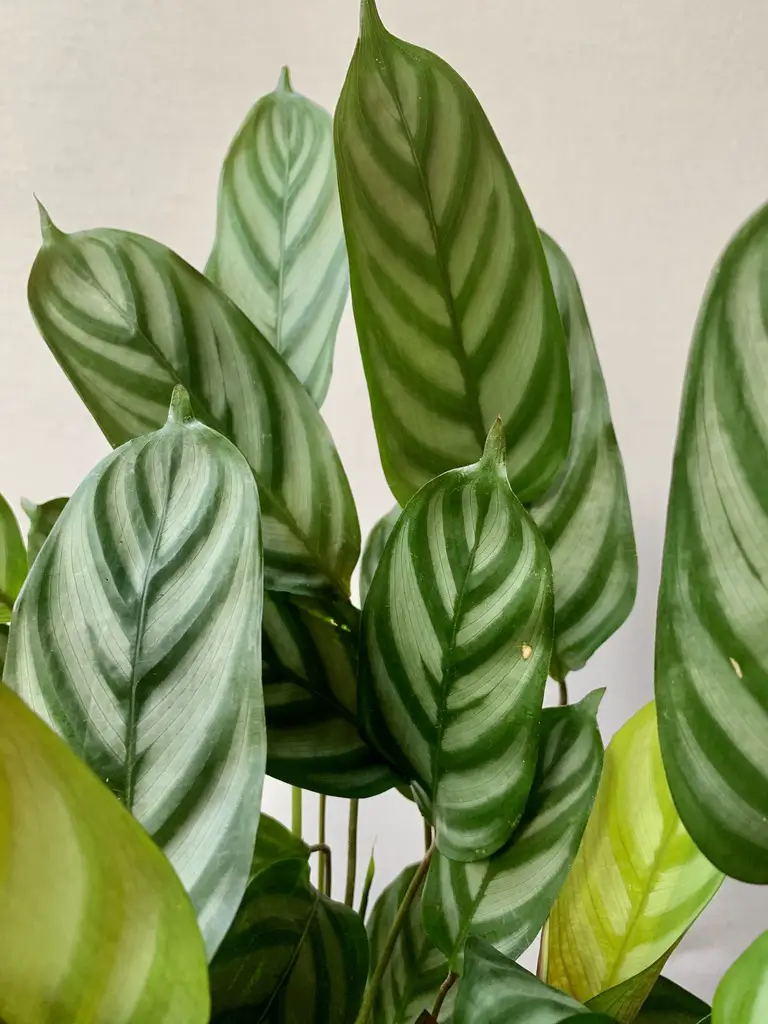
Temperature Requirements For Never Never Plant (Ctenanthe)
The ideal temperature range for the tropical Never Never Plant is between 60-85F. Making it the perfect indoor plant. Just avoid placing it near drafty areas or too close to AC vents. During warmer months your Ctenanthe may also benefit from some time outdoors.
If your environment allows you to keep your plant outdoors part of the year, avoid exposing it to temperatures below 50F. This can quickly lead to cold damage that can not be reversed. If there is an expected cold snap it’s best to err on the side of caution and return your plant indoors.
Is Never Never Plant Toxic?
No, Ctenanthe (Never Never Plant) is non-toxic to both cats and dogs.
Great news pet owners! This is a great plant you can keep in your home with peace of mind.
Best Soil For Ctenanthe
It is best to choose a soil that is airy but also contains enough peat moss to retain some moisture. With these characteristics, you can avoid water-logged soil while not having to water your Never Never Plant daily. Regular potting mixes with a bit of added bark or perlite should work perfectly.
Most important is that the soil does not hold on to too much water. Waterlogged soil will make your Ctenanthe prone to root rot in the long run.
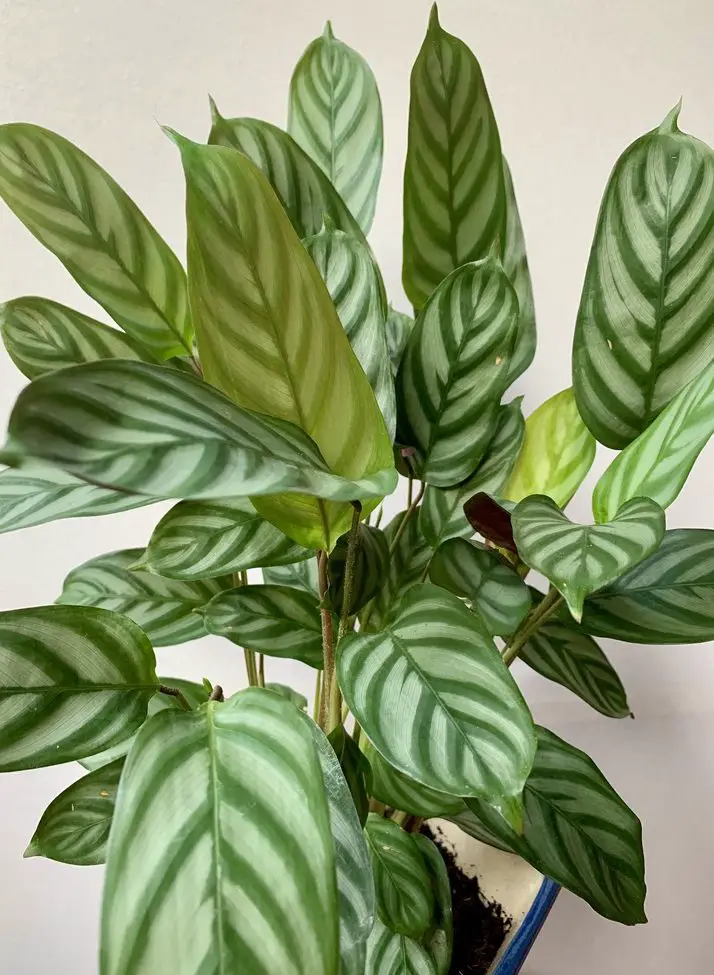
How To Propagate The Never Never Plant
Ctenanthe are fairly easy to divide by division. Once your plant has grown sufficiently, you can simply divide out smaller clumps while repotting. Avoid damaging the roots by handling the plants gently when separating the root balls.
Once the plants have been divided to your liking you can pot them separately. Soon you will be rewarded with (new) full pots of the lovely Never Never Plant.
